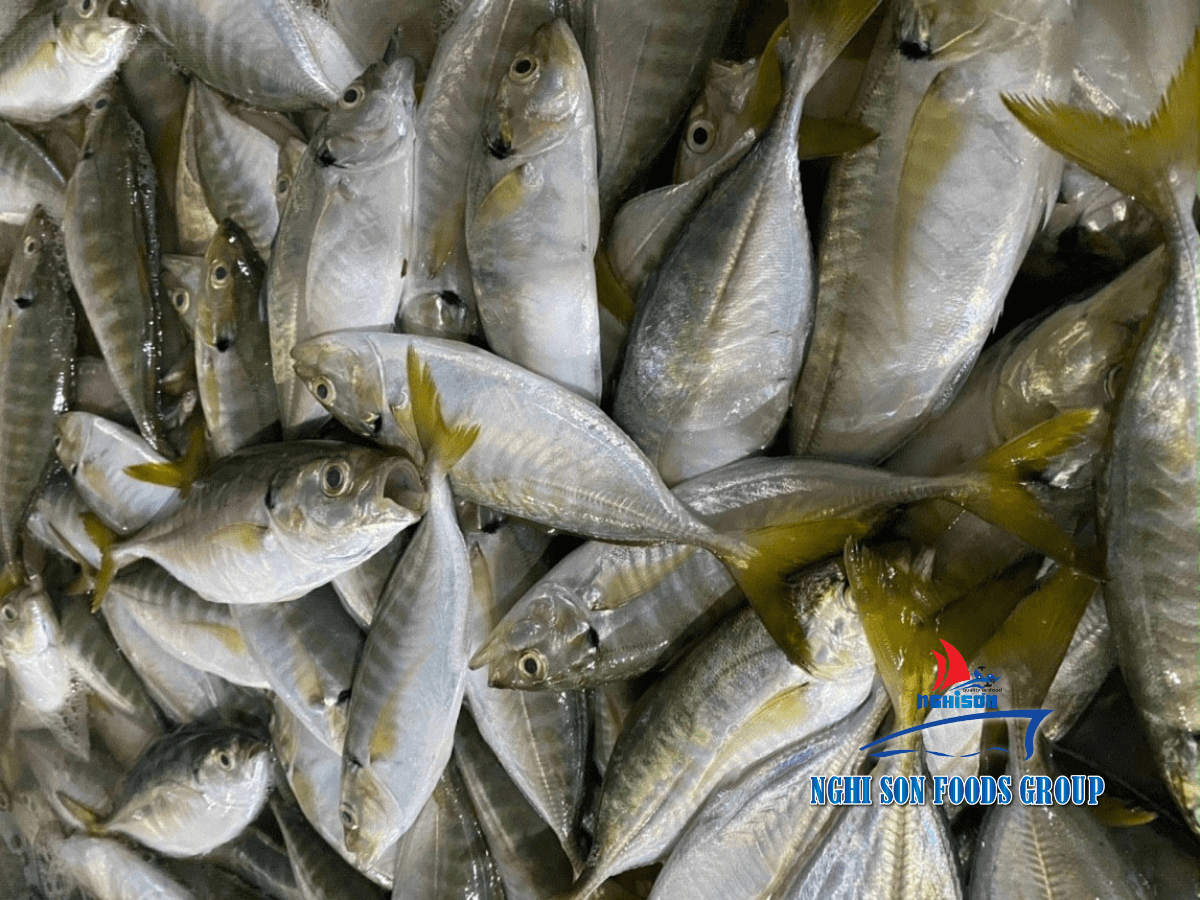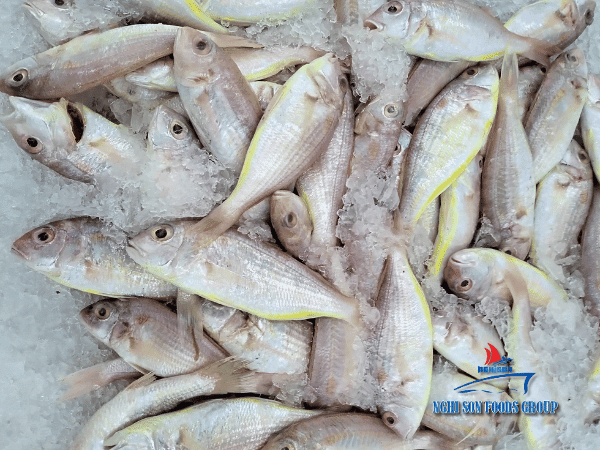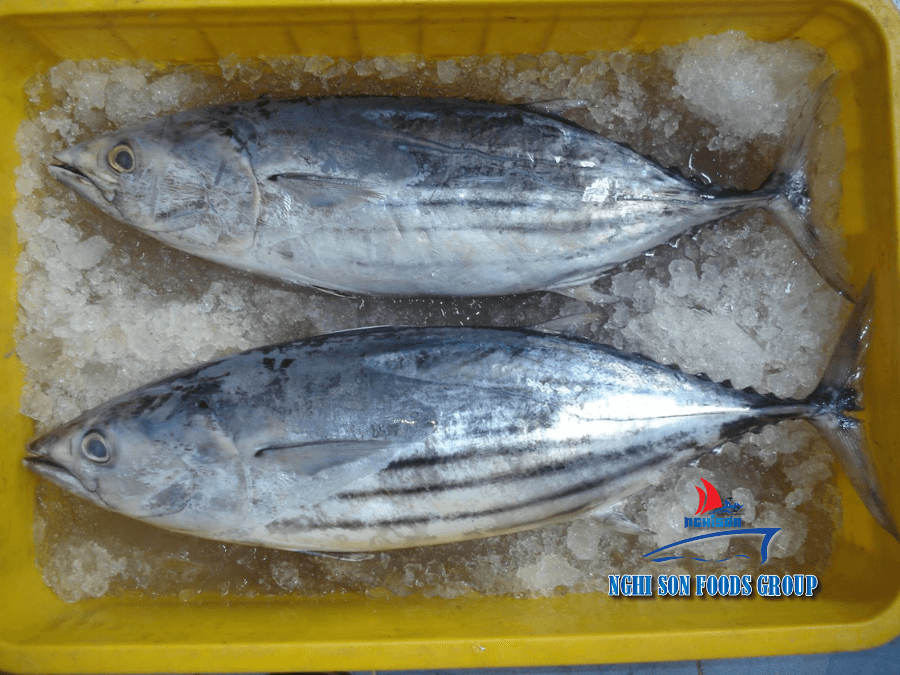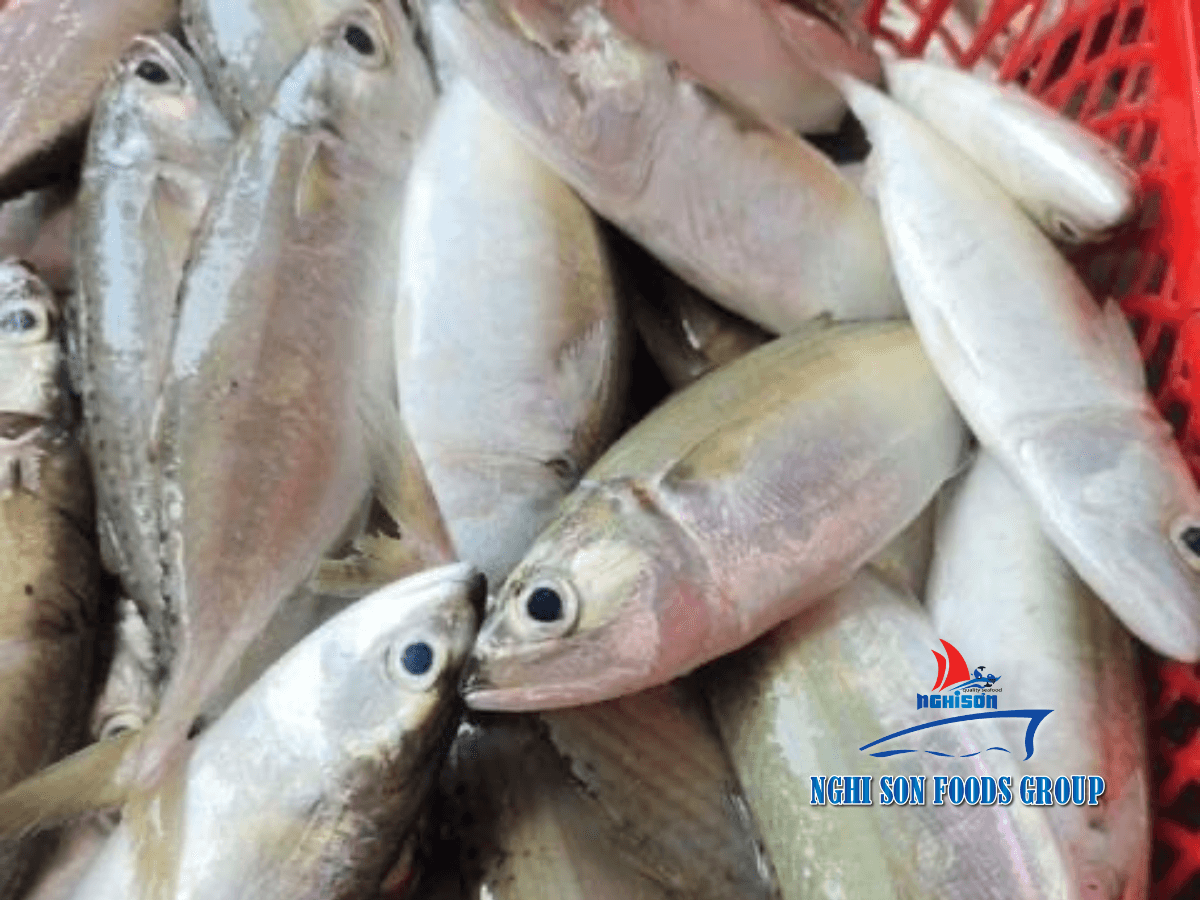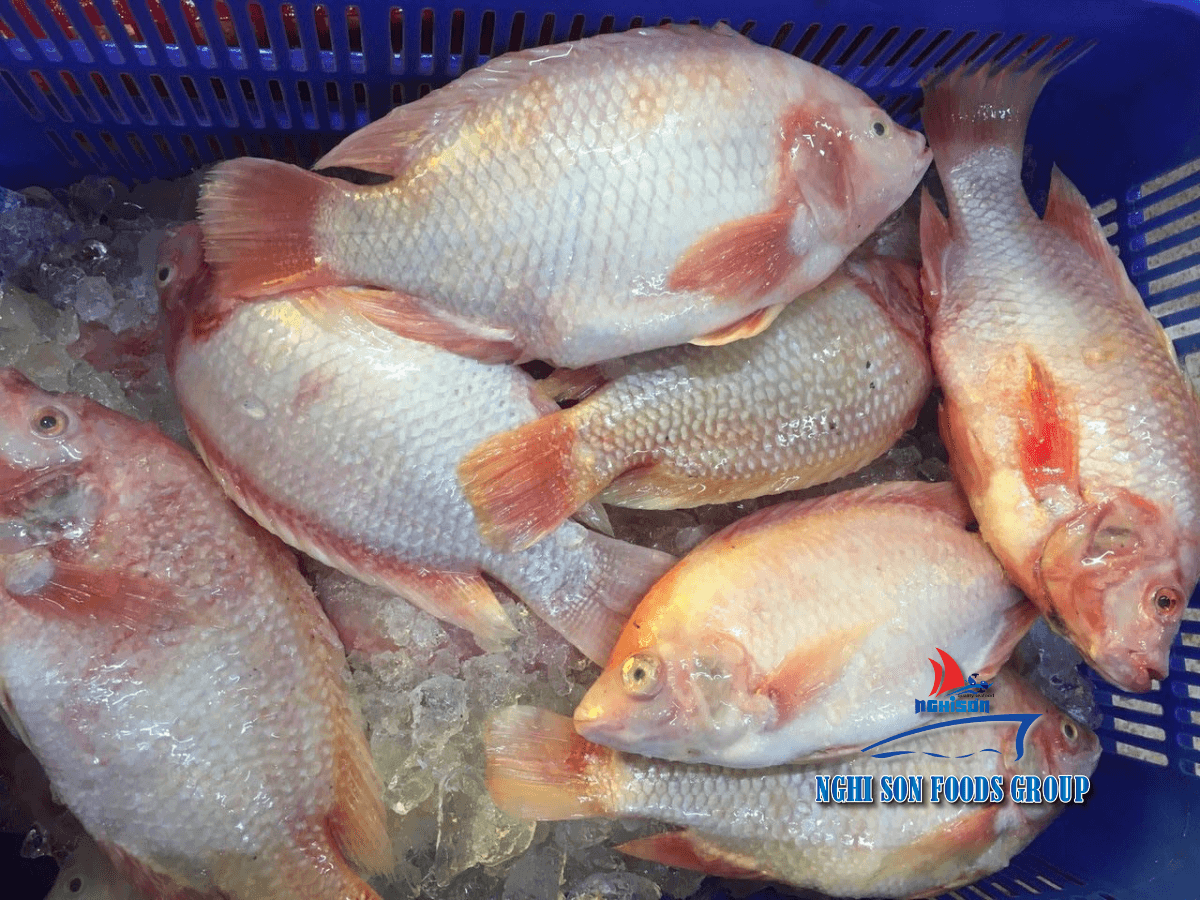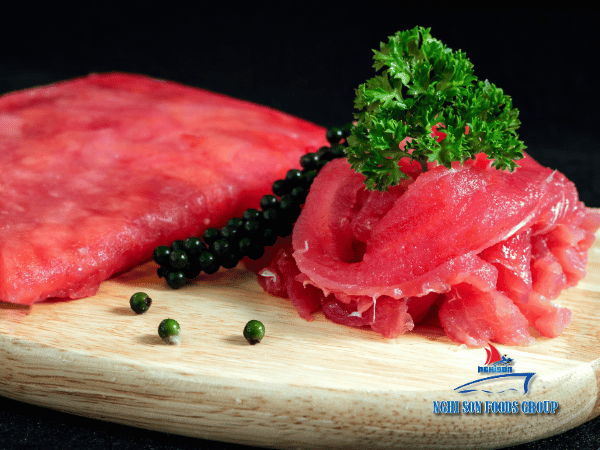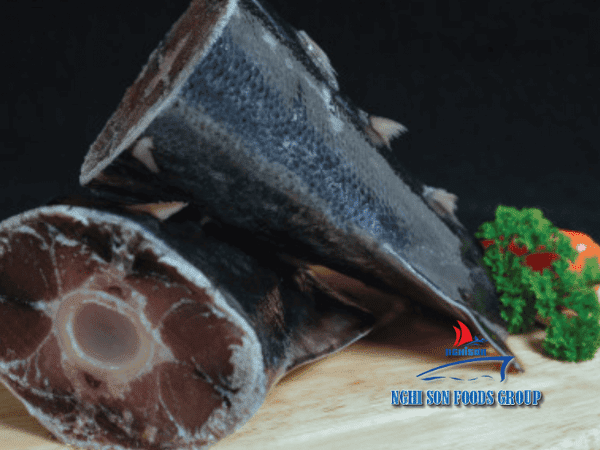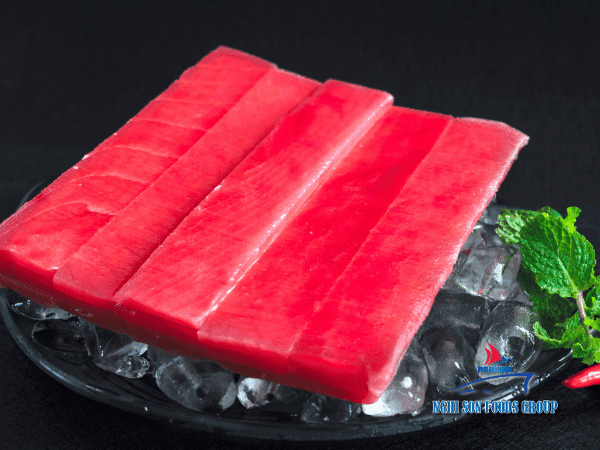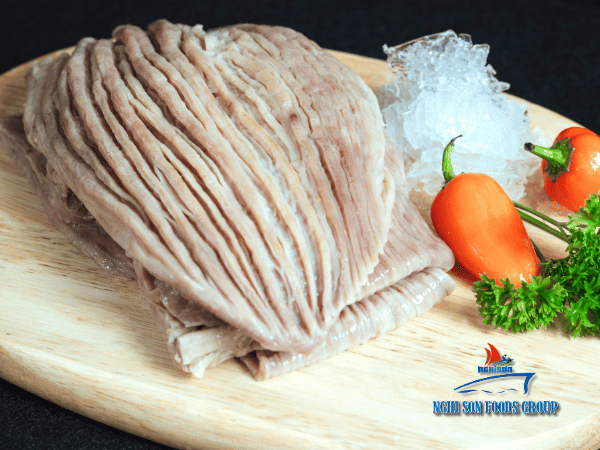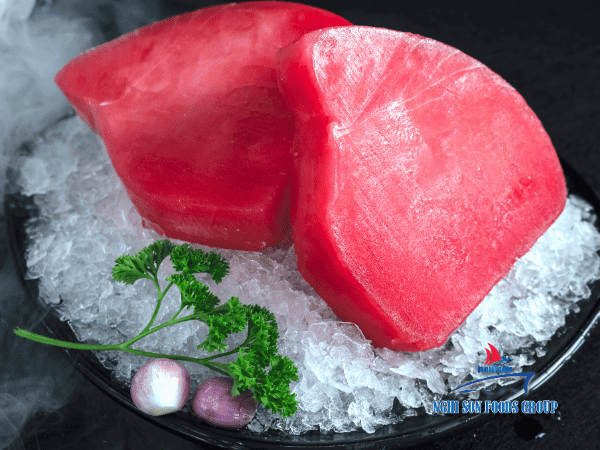Yellowfin tuna (Thunnus albacares) are among the most iconic and sought-after species in the world of fishing and marine biology. These magnificent creatures are renowned not only for their exceptional taste but also for their impressive physical characteristics. In this article, we will delve into the remarkable physical attributes that make yellowfin tuna a marvel of the oceans.
Table of Contents
ToggleSleek and Streamlined Body
The sleek and streamlined body of yellowfin tuna is a marvel of nature’s design. Shaped like torpedoes, these fish have evolved to become some of the ocean’s fastest swimmers. Their bodies are perfectly suited for efficient and rapid movement through the water. They can reach speeds of up to 50 miles per hour (80 kilometers per hour), thanks to their efficient body shape that minimizes water resistance.
Imagine a yellowfin tuna gliding effortlessly through the depths, its streamlined form allowing it to cut through the water with ease. This remarkable design minimizes water resistance, a crucial factor when it comes to achieving incredible speeds. In fact, yellowfin tuna are renowned for their ability to reach astonishing velocities, making them a true spectacle of aquatic agility.
The secret to their speed lies in their physique. Their torpedo-like shape reduces drag as they move, propelling them forward with remarkable efficiency. This sleek design not only enables them to chase down prey but also helps them evade predators, showcasing the adaptability and evolutionary prowess of these oceanic athletes.
In the vast expanse of the open ocean, where survival often hinges on speed and precision, the yellowfin tuna’s sleek and streamlined body is a testament to the wonders of natural selection. It’s a body built for the pursuit of prey, the escape from danger, and the mastery of the underwater realm.
Distinctive Coloration
The distinctive coloration of yellowfin tuna is not just visually striking; it serves a crucial purpose in their survival strategy. These magnificent fish earned their name from the vibrant yellow fins and dorsal side that make them instantly recognizable. However, their coloration goes far beyond aesthetics.
From above, their metallic blue-black upper body blends seamlessly with the deep ocean depths. This dark hue acts as a form of camouflage, making it difficult for predators lurking above to spot them against the dark backdrop. This is a clever adaptation that helps them stay hidden from threats approaching from higher in the water column.
Conversely, when viewed from below against the sunlit water’s surface, their silver-white belly provides effective counter-shading. This countershading is a form of camouflage where the lighter coloration on the lower side of their body helps them blend in with the brighter ocean surface. It essentially makes them less visible to any potential predators looking up from below.
In essence, the distinctive coloration of yellowfin tuna is a dynamic form of natural camouflage, allowing them to navigate the oceans with a blend of stealth and beauty. It’s a testament to the intricacies of nature’s design, ensuring their survival in the vast and diverse underwater world they call home.
Crescent-Shaped Tail Fin
The crescent-shaped tail fin of the yellowfin tuna is a remarkable feature that sets them apart in the world of marine life. This unique tail design, often referred to as a “lunate” tail, is a masterpiece of evolution, perfectly adapted to their oceanic lifestyle.
Their crescent-shaped tail fin is a key to their incredible agility and speed. When it comes to pursuing prey or evading predators, this tail fin is their secret weapon.
The lunate tail generates significant thrust, akin to the mechanics of a propeller, when the yellowfin tuna flexes and propels it. This powerful propulsion system allows them to achieve rapid acceleration, making them formidable predators in the underwater realm. Whether they are hunting schools of smaller fish or attempting to escape from larger marine creatures, their crescent-shaped tail fin gives them a distinct advantage.
But it’s not just about speed; it’s also about endurance. Yellowfin tuna are known for their long-distance migrations across the open seas. Their tail design enables them to cover vast distances with efficiency, showcasing their incredible stamina as they traverse the world’s oceans.
Large Pectoral Fins
As they accelerate, their large pectoral fins come into action. These fins are not just for show; they are powerful and versatile tools.
One of the most fascinating aspects of their pectoral fins is their ability to extend outward, almost like wings. This extension allows yellowfin tuna to execute sharp turns and make agile maneuvers, akin to the way an airplane adjusts its flaps for different flight conditions. It’s a breathtaking display of agility, especially considering the size and speed of these remarkable creatures.
The large pectoral fins serve as stabilizers during their rapid movements, helping them maintain their course and direction with precision. Whether they’re weaving through a complex underwater terrain or engaging in a high-speed chase, these fins are the key to their success.
Sharp Dorsal Spines
The sharp dorsal spines of the yellowfin tuna are a formidable line of defense that adds yet another layer of intrigue to their remarkable physical characteristics. These spines, positioned near the anterior dorsal fin, serve as a crucial adaptation in the high-stakes world of the open ocean.
These sharp dorsal spines are strategically located to deter would-be predators. They make it challenging for any predator to swallow them whole, providing an effective defense mechanism against larger marine creatures.
What makes these dorsal spines even more fascinating is their retractable nature. Yellowfin tuna have the remarkable ability to adjust their size and shape as needed. This adaptability is particularly useful when they need to squeeze through tight spaces or maneuver in confined environments.
Distinctive Yellow Finlets
The distinctive yellow finlets adorning the dorsal and anal fins of the yellowfin tuna are both a visual spectacle and a biological mystery. These small, brilliant yellow finlets, typically numbering between six and seven, create a captivating contrast against the fish’s otherwise sleek and metallic appearance.
The exact purpose of these yellow finlets remains a subject of scientific curiosity and investigation. While researchers have not definitively pinpointed their role, several intriguing hypotheses have emerged.
One prominent theory suggests that these finlets may play a role in minimizing drag during rapid swimming. As the yellowfin tuna propels itself through the water at astonishing speeds, any reduction in resistance can be a significant advantage. The finlets may disrupt the flow of water around the fins, potentially reducing turbulence and drag, thereby enhancing the fish’s ability to reach and sustain high velocities.
Another possibility is that these finlets could serve as a form of communication or signaling among yellowfin tuna. In the complex social dynamics of the ocean, visual cues can be vital for various purposes, such as mate selection or group coordination.
Powerful Musculature
Within the muscular framework of the yellowfin tuna lies an abundance of myoglobin, a pigment that plays a pivotal role in their ability to sustain high-speed swimming over extended distances. Myoglobin serves as an oxygen reservoir, allowing the fish to access the vital oxygen needed for their muscle activity during prolonged, high-intensity swimming.
This adaptation is nothing short of remarkable, as it enables yellowfin tuna to embark on long-distance migrations across vast stretches of ocean. Whether they’re pursuing schools of prey or evading predators, their muscular system is finely tuned to meet the demands of these challenging journeys.
Picture a yellowfin tuna on the hunt, swimming tirelessly through the open seas, sometimes covering hundreds of miles in a matter of days. It’s a testament to their remarkable musculature and the oxygen-storing capabilities of myoglobin. This adaptation ensures that they can maintain their peak performance for extended periods, making them formidable and efficient hunters in the underwater realm.
Conclusion
Yellowfin tuna’s physical characteristics are a testament to their evolutionary perfection as oceanic predators. From their streamlined shape to their distinctive coloration and powerful tail fins, these fish are marvels of nature. Their ability to thrive in the open seas, reach incredible speeds, and adapt to various oceanic conditions makes them a subject of fascination for both marine biologists and fishing enthusiasts. Understanding their physical attributes is essential not only for appreciating their natural beauty but also for ensuring their conservation and sustainable management in the world’s oceans.







